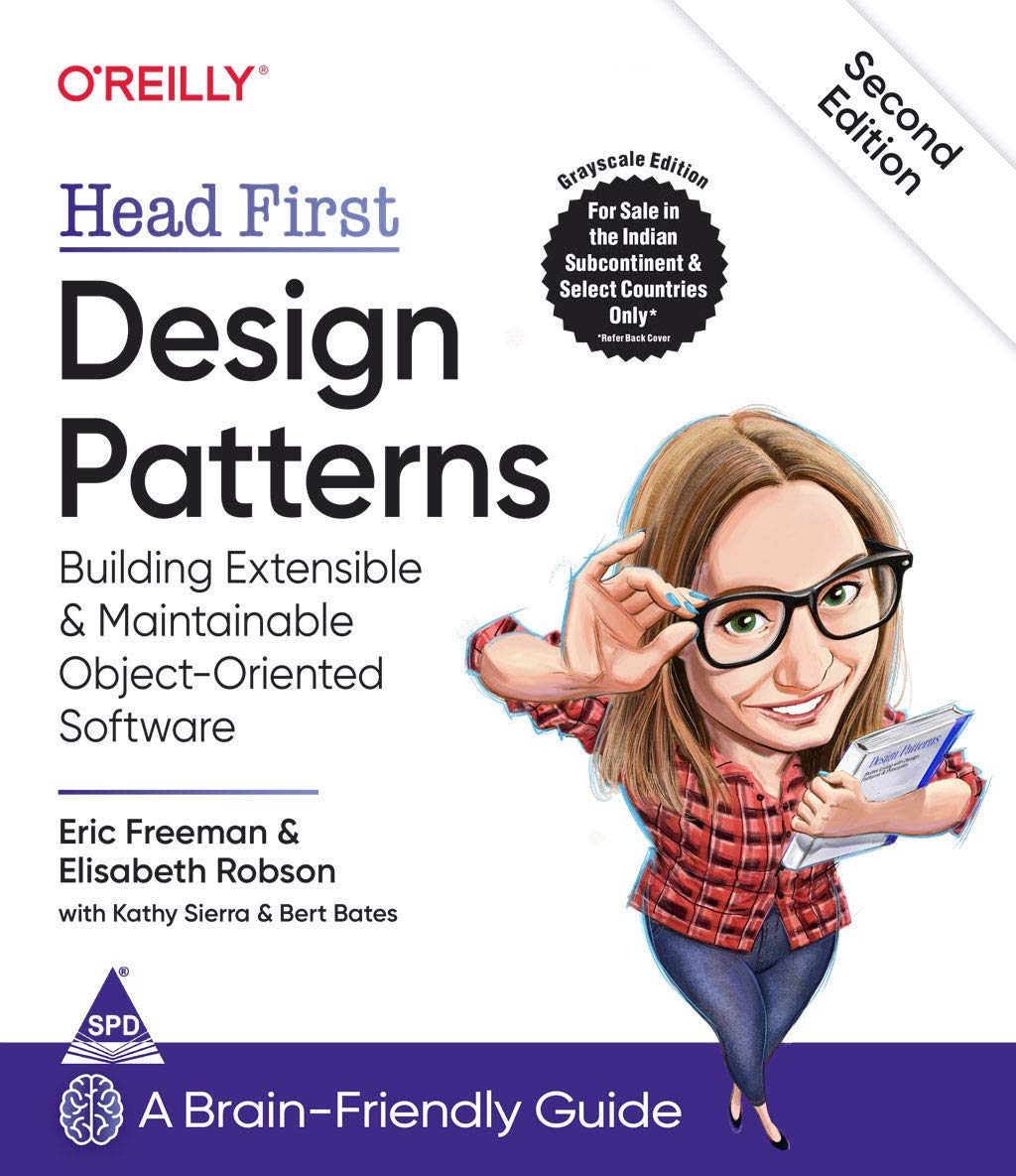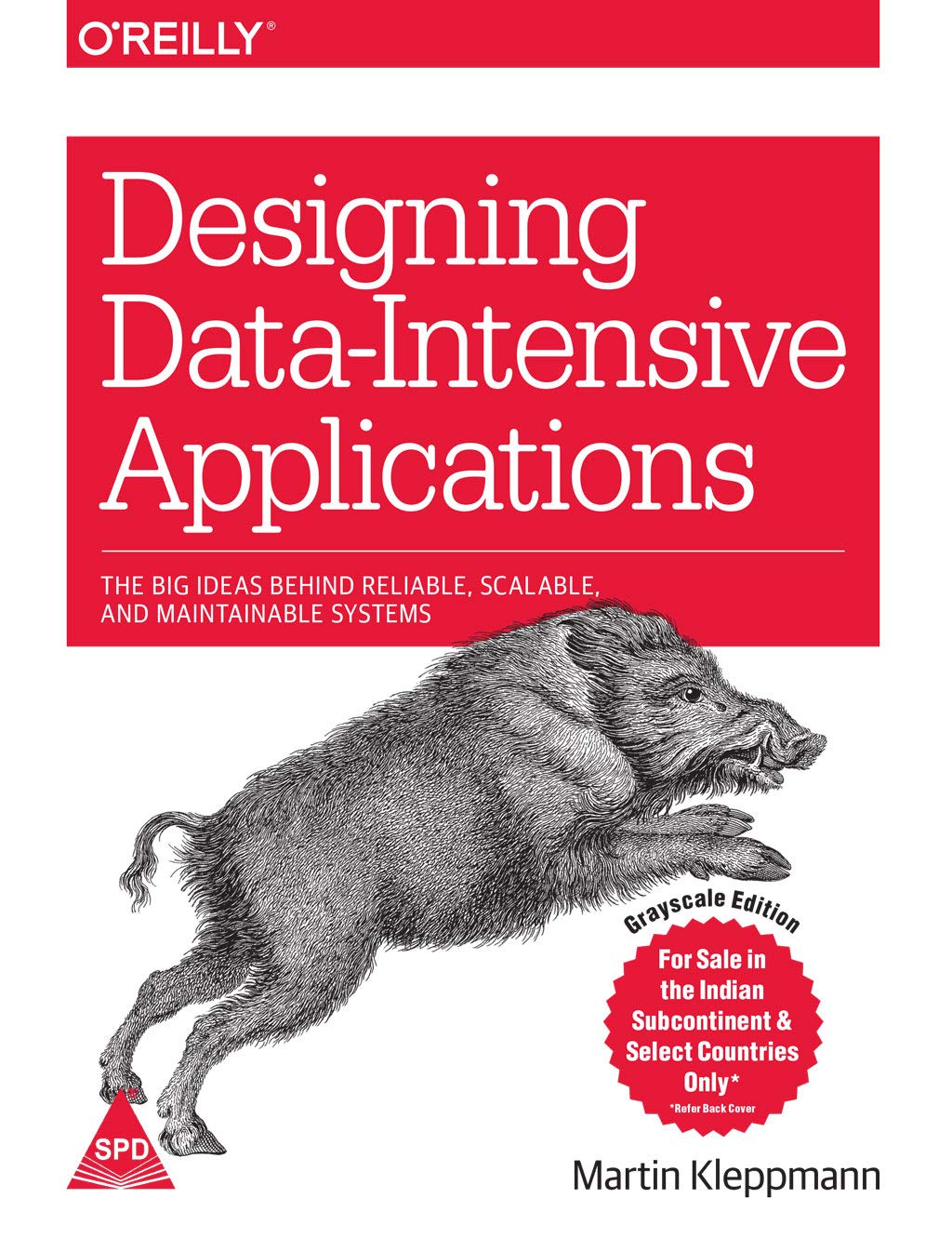⭐ XML Validator — Free Online Tool
Ensure your XML documents are well-formed and valid with LangStop XML Validator. Whether you’re working with API responses, configuration files, RSS feeds, or Android XML, this tool quickly detects errors, highlights issues, and helps you fix your XML instantly.
LangStop’s XML Validator is fast, reliable, and privacy-focused — perfect for developers, testers, data analysts, and content managers.
🚀 What is XML Validation?
XML validation is the process of checking whether your XML data:
- Is well-formed — follows correct XML syntax rules.
- Follows a schema (XSD) — conforms to expected structure and data types.
For example, an XML with missing closing tags or misused attributes will be flagged immediately, saving hours of debugging.
💡 Why Use LangStop’s XML Validator?
🔹 1. Accurate Error Detection
- Detects missing or mismatched tags
- Highlights invalid attribute values
- Checks against XML schemas (XSD) if provided
🔹 2. Real-Time Validation
- Instant results as you paste or upload XML
- Supports large files without performance issues
🔹 3. Privacy & Security
- Fully client-side — no data uploads or storage
- Ideal for sensitive or proprietary XML
🔹 4. Developer-Friendly
- Clear, color-coded error messages
- Line numbers and hints for easy debugging
- Copy, download, or correct XML directly in-browser
🛠 Key Features
| Feature | Description |
|---|---|
| Well-Formed Check | Detects syntax issues like missing tags |
| Schema Validation | Supports XSD for strict validation |
| Large File Support | Works with multi-MB XML files |
| Real-Time Feedback | Instant validation as you type or paste |
| Error Highlighting | Line & column references for easy correction |
| Client-Side | Fully secure, no data leaves your browser |
| Copy & Download | Export corrected XML or save results |
📦 Use Cases
✔ Web & API Developers
Validate SOAP, REST, or RSS feeds before integration into applications.
✔ QA Engineers
Check XML files in automated pipelines for well-formedness and schema compliance.
✔ Android & Mobile Developers
Validate resource XML (strings.xml, colors.xml) to prevent runtime crashes.
✔ Content Managers
Ensure XML content for RSS feeds, product catalogs, and metadata is valid before publishing.
✔ Data Analysts
Clean and validate XML datasets for analytics, ETL, or migration projects.
🔍 How XML Validation Works
- Well-formedness Check: Ensures opening/closing tags, proper nesting, and no illegal characters.
- Schema Validation (optional): Checks XML against a provided XSD file for expected element types, attribute rules, and structure.
- Error Highlighting: Highlights the exact line and column where the error occurs.
- Auto-Fix Suggestions: Offers hints to fix common mistakes.
🔹 XML vs JSON Validation
| Feature | XML Validator | JSON Validator |
|---|---|---|
| Format | XML | JSON |
| Syntax Rules | Strict tag & attribute rules | Curly braces, quotes, arrays |
| Schema Support | XSD | JSON Schema |
| Common Use | APIs, config files, RSS, SOAP | APIs, config, web apps |
| Error Feedback | Line & column highlighting | JSON parse errors |
🧪 How to Validate XML (Step-by-Step)
- Paste your XML into the input box, or upload an
.xmlfile. - Optionally, upload an XSD schema to validate structure.
- Click Validate XML.
- Errors are highlighted with line numbers and suggestions.
- Copy corrected XML or download the validated file.
🆚 LangStop vs Competitors
| Feature | LangStop | FreeFormatter | CodeBeautify | TutorialsPoint |
|---|---|---|---|---|
| Well-Formed Check | ✅ | ✅ | ✅ | ✅ |
| Schema Validation | ✅ | ⚠️ Limited | ⚠️ Partial | ⚠️ Partial |
| Large File Support | ✅ | ❌ | ❌ | ❌ |
| Real-Time Feedback | ✅ | ❌ | ⚠️ | ❌ |
| Client-Side Only | ✅ | ❌ | ❌ | ❌ |
| Developer-Friendly UI | ✅ | ⚠️ | ⚠️ | ⚠️ |
LangStop provides instant, accurate validation with secure client-side processing, outperforming typical free tools.
❓ FAQs — XML Validation
Q: Can I validate XML against an XSD schema? A: Yes, LangStop allows optional XSD uploads for strict validation.
Q: Does it handle large XML files? A: Yes, multi-MB files are supported without performance issues.
Q: Is my XML safe? A: Absolutely. All validation occurs in your browser — no data leaves your computer.
Q: Does it provide error hints? A: Yes, errors are highlighted with line/column info and suggestions.
Q: Can I copy or download the corrected XML? A: Yes, with a single click.
🔚 Final Thoughts
The LangStop XML Validator is the ultimate free online tool for developers, testers, and analysts who work with XML daily. It’s fast, secure, accurate, and easy to use, ensuring your XML is always well-formed and schema-compliant.
✅ Try it now on LangStop XML Validator — validate XML instantly and securely.





